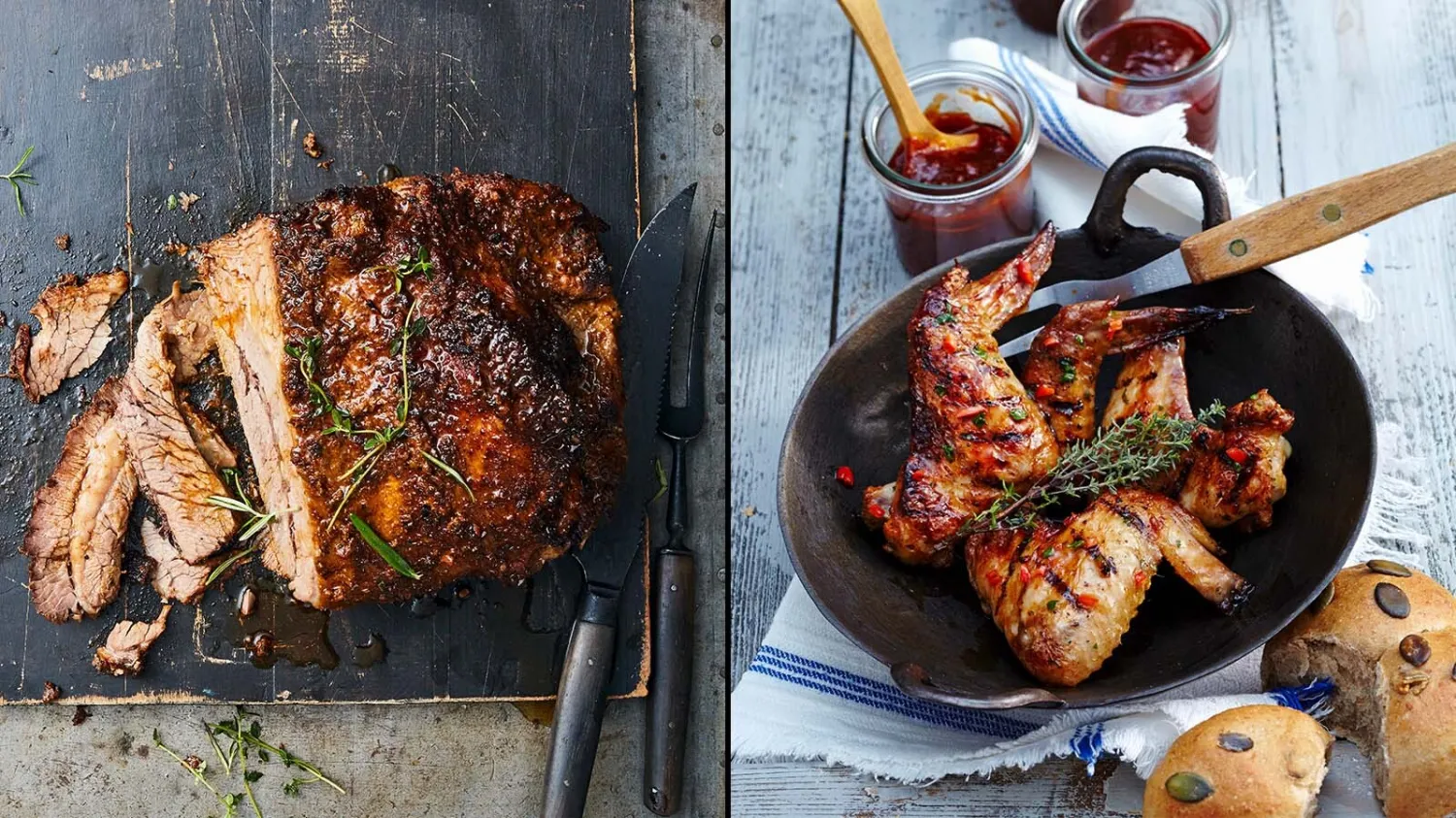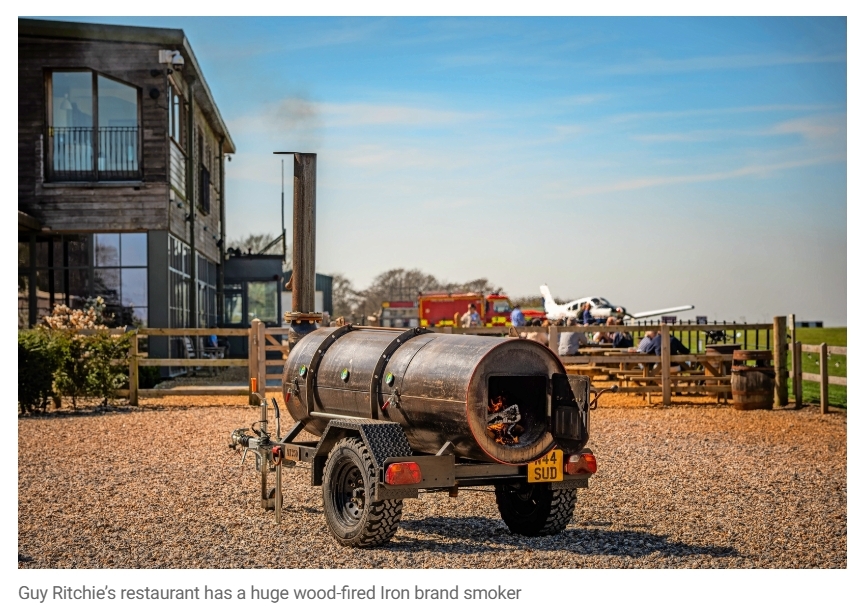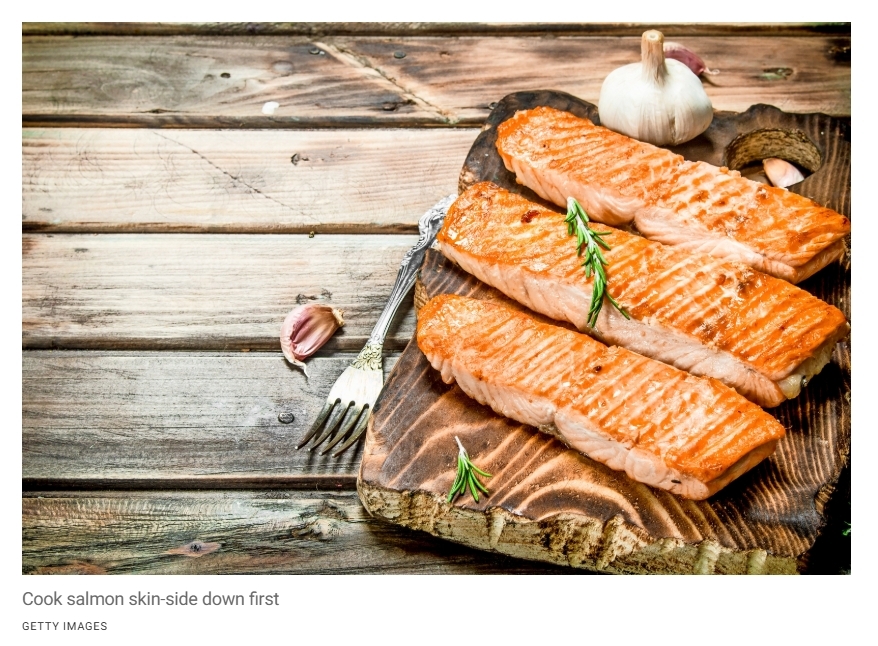Low and slow: this summer's hottest barbecue trend
Slow-smoked meats are having a moment. Sue Quinn reveals how to achieve the flavour on the grill at home
https://www.thetimes.com/life-style/food-drink/article/smokehouse-cooking-how-to-qhxm396m3
https://archive.ph/Z1T4E
 Try Texan rub for maximum flavour and choose chicken legs or wings over breasts TEUBNER FOODFOTO, THORSTEN SUEDFELS/STOCK FOOD
Try Texan rub for maximum flavour and choose chicken legs or wings over breasts TEUBNER FOODFOTO, THORSTEN SUEDFELS/STOCK FOOD
A typical British barbecue season means charred sausages and dodging downpours — but smokehouse-style cooking might just save our grilling if the weather doesn’t play ball. The technique, which involves cooking meat low and slow over wood smoke until it is meltingly tender, is rooted in the pitmaster traditions of the American South, and smokehouse spots are popping up everywhere from Bournemouth to Manchester. The recently opened Lore of the Land is the film-maker Guy Ritchie’s restaurant, on the edge of his airfield at Compton Abbas in Dorset. Out the back he’s installed a huge wood-fired Oyler smoker, imported from Mesquite, Texas, for a reported £50,000.

Fuelled with local oak, this beast can cook up to a tonne of meat at a time. A built-in rotisserie keeps it moving through the heat and smoke, and with everything enclosed during cooking, the moisture and flavour are locked in. With brisket, it takes at least 14 hours for the connective tissue to break down, the fat to render and the smoke to work its way in. The result? Fall-apart meat with a tasty bark (the dark crust), wobbly fat and rich, smoky flavour. “The softness and moisture in the meat is phenomenal cooked this way, you just can’t beat it,” says Lore of the Land’s head chef, Alex Brown. Elsewhere on his menu: smoked pork belly, chicken and jackfruit, stuffed into buns or served nachos-style.
In Bournemouth, the chef Luke Jefford has embraced low-and-slow at Chaplin’s Smokehouse, where he cooks brisket (10-12 hours at 125C then 10 hours “resting” at 75C), pork belly (8 hours at 110C) and duck leg (8 hours at 100C and then 3 hours confit at 95C) in a handcrafted Ironbrand smoker. Like Brown, he sticks with the traditional Texan base of salt and pepper for his brisket rub. The pepper melts into the fat during the long cook and helps to form the bark. Although inspired by the Lone Star State, Jefford points out that smoked meat is popular in many countries, including the Czech Republic, where his wife is from.
“Ours is a hybrid approach that is heavily influenced by a range of global culinary traditions and also draws inspiration from seasonal British produce and native livestock breeds,” he says. On the menu: brisket with a barbecue sauce made from foraged hedgerow ingredients; duck leg glazed with British miso; pork belly finished with verbena honey. “What I love about Texas-style barbecue is the incredible level of craftsmanship required to produce even a single item,” Jefford says. “And although the rudiments of the cooking are simple, there’s plenty of room to be creative.”
snip



